Searching for Tohoku's Samurai
Samurai are one of the true symbols of Japan. A prominent force for centuries, the system of samurai was abolished during the Meiji era (1868-1912) as Japan modernized and embraced internationalism and western notions of living. Samurai culture, however, hasn't died and can still be seen in well-preserved architecture and residences throughout the country. Tohoku, is one of the best regions in Japan in which to see samurai residences called bukeyashiki and experience what it was like to be part of the samurai and their families and the daily realities of their lives in Edo period (1603-1868) Japan.
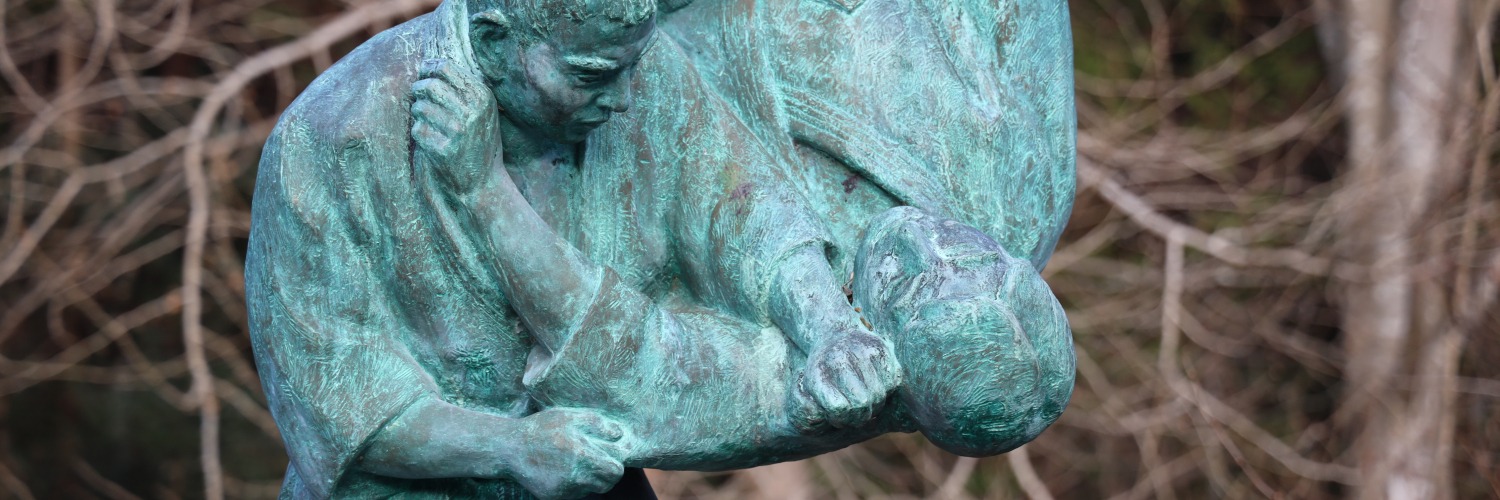
Kakunodate Samurai Residence (Akita)
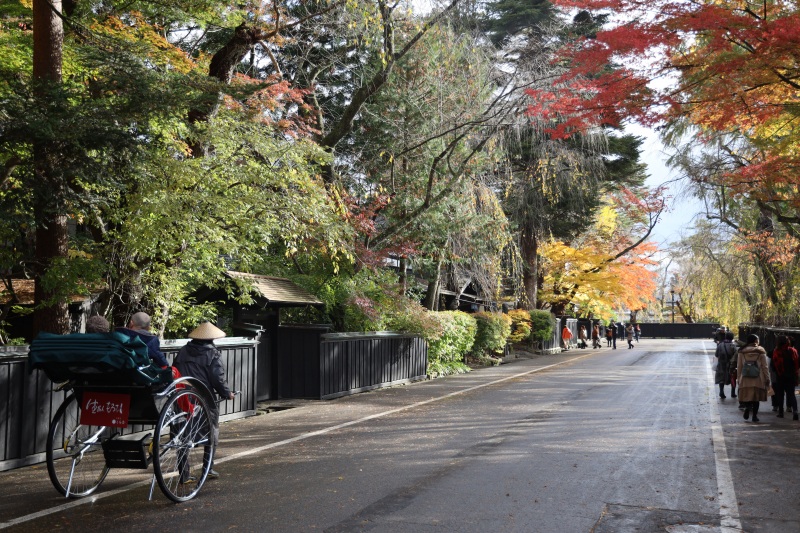
Located in the Semboku area of Akita Prefecture, Kakunodate Samurai Residence is a prime example of samurai architecture. Kakunodate, established in 1620, is surrounded by mountain ranges and rivers which made it an almost impenetrable fortress. There are several parts to Kakunodate with the main attractions being Ishiguro House and Aoyagi House which portray stunning examples of the samurai way of living. The area of Kakunodate is also famed for its beautiful cherry blossoms which can be seen and enjoyed from late April/beginning of May. The weeping cherry trees create a boulevard of gorgeous petals along the local riverside and has, unsurprisingly, become an extremely popular hanami (cherry blossom viewing) destination for both locals and tourists. As above, autumn represents another standout season to make a visit.
Aizu Bukeyashiki (Fukushima)
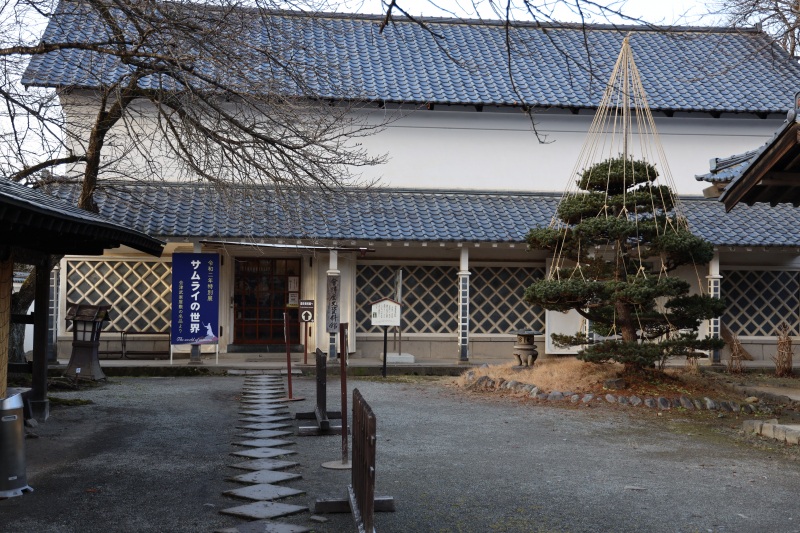
In the renowned Aizu area of Fukushima Prefecture, history buffs will adore the Aizu Bukeyashiki samurai complex. It's a stunning museum/park full of historical significance and plenty of activities for visitors to enjoy. The complex hosts a tea house, archery range, ornate gardens and rice mill in addition to souvenir and regional arts and crafts stores. There are exactly 38 houses included in Aizu Bukeiyashiki and strolling through the complex is a great way of increasing knowledge of samurai and how their families lived as well as creating visual and physical connections between both the Japan of the past and the present. Families can also try the akabeko painting workshop – one of Fukushima’s local symbols and something that makes the perfect souvenir!
Tsuruga Castle (Fukushima)
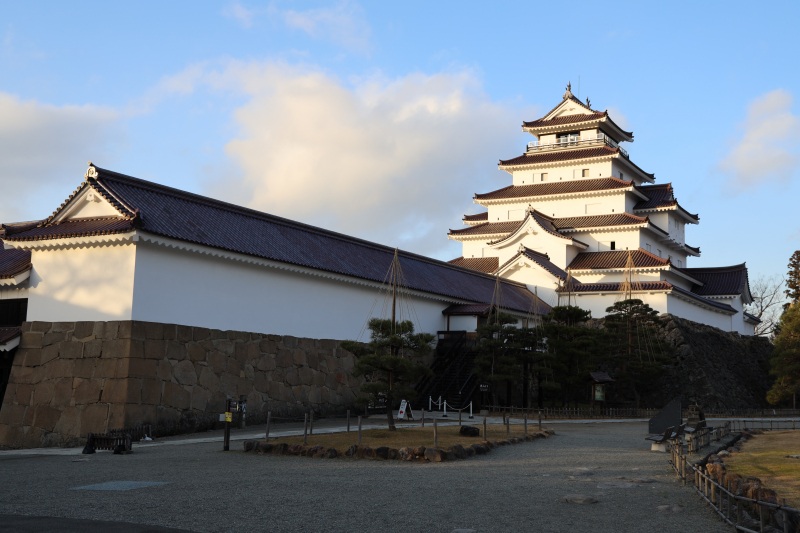
Tsuruga Castle, also known as Aizu-Wakamatsu Castle, was originally built in 1384. Due to wars and conflict, it was restored in the 1960s with work finally being completed in 2011. The castle is an extraordinary example of local Japanese history and has envious views of the mountainous surroundings. One of its other claims to fame is that it's the only castle in Japan which has red roof tiles – a polite nod to the original hues used in the 1300s which were then changed for a more conservative grey colour in the intervening years. The huge complex also plays host to a great museum which informs visitors about samurai lifestyle and the castles rich history, Tsuruga Castle Park, Rinkaku Teahouse, beautiful cherry blossoms which bloom in April/May as well as the Fukushima Prefectural situated nearby.
Hirosaki Castle and Former Samurai District
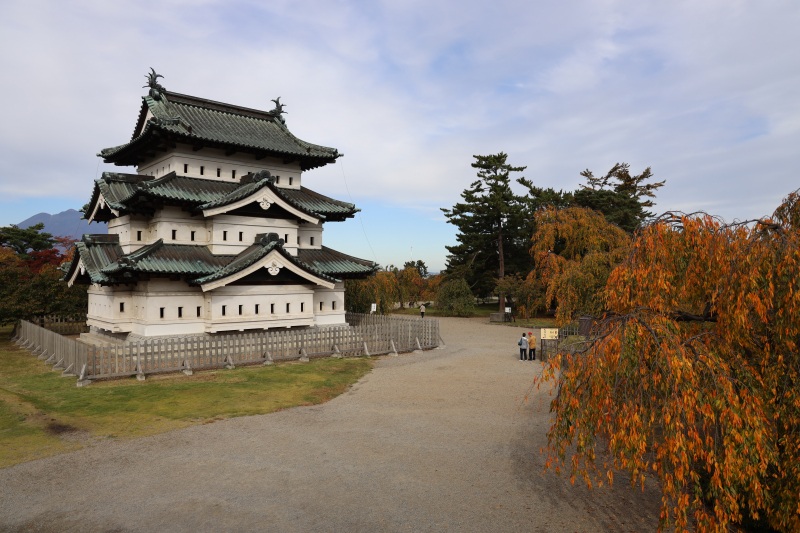
Built in the early 1600s Hirosaki Castle, located in Aomori Prefecture, is the historical shining light of this region. Situated inside Hirosaki Park it is known, nationwide, for being one of the top cherry blossom viewing spots in the country with over 2,500 trees blooming throughout late April and May. The park has plenty of picnic areas, rental rowing boats and dazzling illuminations which spectacularly light up the northern skies of Japan. The park complex also hosts Hirosaki Castle Botanical Garden and Gokoku Shrine. North of the castle area is a former samurai district which is, thankfully, still open to the public. With three samurai residences and one merchant house, it's a beautiful peek into history and a monument to the people who painstakingly built the area centuries before.
Zuihoden Mausoleum (Miyagi Prefecture)
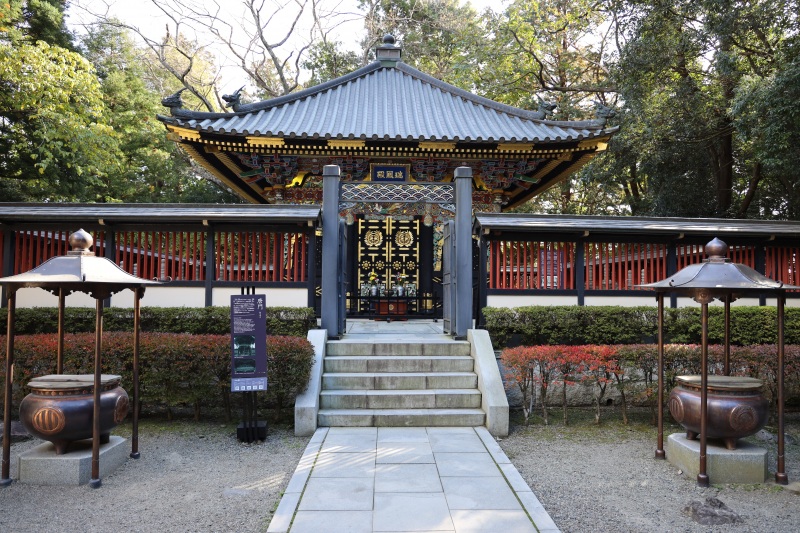
A monument and homage to the great Tohoku warrior Masamune Date, Zuihoden Mausoleum is a precious historical spot in Miyagi Prefecture. Date, a feudal lord and giant of the Tohoku region, is revered, even today, among local citizens. The mausoleum is renowned for its kaleidoscopic colours seen in the surrounding nature and architectural designs. Visitors can also participate in tranquil forest walks, a nice way to clear the cobwebs. With secret paths and steps scattered throughout the complex, Zuihoden is one of the true under-the-radar sightseeing spots in the Miyagi region and northern Japan as a whole.